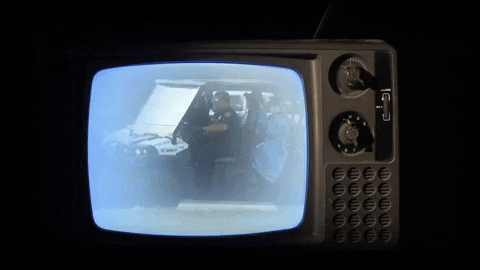It was March 2, 2020, when Florida Governor Ron DeSantis held his first public briefing on Coronavirus in the state. It was a day that would provoke a year of angst, fear, lockdowns, and grief.
“There are two presumptive positive cases of Coronavirus disease in the state of Florida,” the Governor said from a state lab at the University of South Florida.

State leaders knew about the first cases at least 24 hours before letting the public know. By the time he stood before reporters, the Governor had issued a public health emergency but he and state leaders believed at the time, “the risk to the general public is low currently, you can go about your normal business,” the state’s Surgeon General Dr. Scott Rivkees said.
Who knew one year later, those two initial positive cases would balloon to 1.9 million positive cases in Florida. To date, COVID-19 has taken the lives of more than 30,000 people statewide.
Dr. Thomas Unnasch is s global health disease expert at the University of South Florida and predicted COVID-19 would be bad.
“Yes, I saw this happening, probably in early to mid-January,” Unnasch told us recently. But Unnasch couldn’t predict how long it would last and few of us saw what came next.
Long-term care centers were locked down out of growing proof the virus was hitting elderly people especially hard. Then school campuses shut down, forcing the hundreds of thousands of students to distance learning, businesses in the state closed to the public, restaurants started to limit services and by April 1st, a reluctant Governor DeSantis issued a statewide stay-at-home order.

But the Sunshine State, which depends heavily on its tourism industry, wouldn’t close for very long.
By the end of April, while most states were normalizing working and learning from home, DeSantis lifted the stay-at-home order for most of the state. Schools would reopen in the fall and, by late September, most remaining restrictions inspired by the virus were lifted.
USF public health policy expert Dr. Jay Wolfson says given the state’s aggressive reopening plan and when compared to other states that have remained closed, Florida is doing OK.
“It’s not as bad a California in terms of positive cases, we’re not as bad as New York for deaths. Part of it is we sequestered long-term care facilities and we began to vaccinate those individuals. I think we’ve been lucky,” Wolfson said.
“Yes, I saw this happening, probably in early to mid-January,” Unnasch told us recently.
But with three variants already identified in the state, two of them potentially deadlier and resistant to current vaccines, Dr. Wolfson and Dr. Unnasch warn the pandemic isn’t over and new variants could be worse than the last year. They advise the public to continue wearing masks, social distance, and encourage people to get vaccinated.
“I think the next two months are really going to be critical,” said Unnasch. “My big concern is people are going to see the numbers declining and say oh, we’re done with this,” he said adding, “if we maintain what we’ve been doing, continue to wear masks, social distance and just suffer through this for another two months, I think we’ll really be safe on that right end and be able to beat this thing,” he said.






